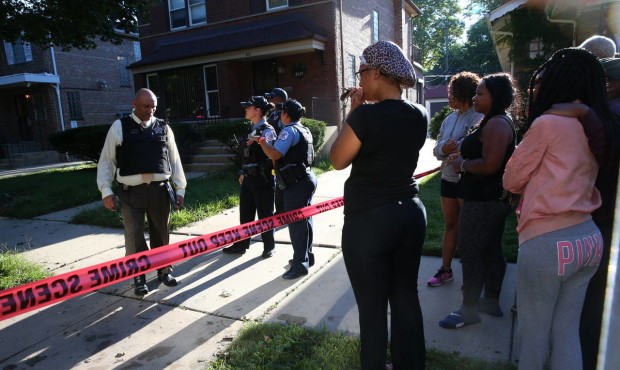Chokepoints
Seattle traffic signals not the root of Mercer Street’s giant backups
In KIRO Radio’s Chokepoints series, we take a closer look at the traffic issues plaguing commuters in the Puget Sound region.
Terri in Shoreline sent us a note blaming her one-hour wait to get on I-5 from Mercer Street on light timing. She believes the lights are not timed properly to help get the cars through efficiently.
To investigate her claim I sat down with Saeed Nowkhasteh, the traffic signal operations supervisor for the City of Seattle, and asked him about it.
He said the problems on Mercer have nothing to do with the light timing.
“Mercer is timed fairly well, in my opinion,” Nowkhasteh said. “If you look down the corridor and see every light is green and nobody can move, that’s because of the congestion. There is nothing you can do with the timing to address that.”
He asked me if Terri was leaving Seattle Center on a normal day or after an event. It turns out she was leaving an event with thousands of people in attendance. That likely had something to do with her delay.
Mercer Street backs up during peak times primarily because of the volume of cars, and the fact that I-5 is usually backed up, too, which prevents a good flow.
Nowkhasteh has five engineers working for him that spend all day tracking public complaints. They make sure the sensors are working and are triggering properly. They make sure the pedestrian actuators are working, as well.
Despite what some drivers might think, their goal is to move everyone as efficiently as possible.
“There are some challenging situations that we have to deal with, but that’s our job,” he said. “We’re working for the public. We’re trying to make their lives easier.”
An example of the effort to work with the public is Nowkhasteh’s story of a woman who wanted 40 seconds for the walk signal across a major road so her elderly husband could cross the street safely.
There was no way Nowkhasteh could give her 40 seconds at the crosswalk, but he went out and met with her and watched her husband shuffle slowly across the road. He made it about two-thirds of the way on the current cycle. He asked her if three or four more seconds would be good enough. She said OK, and he made it happen.
The city can change light times on the fly if they need to, but Nowkhasteh said to time a corridor properly, he needs to study it and input all the possible variables into a special software program.
Every year, they look at certain corridors and re-optimize them. His team is working on about 30 intersections on Rainier Avenue right now to get them better timed, and not just for drivers.
“There are a lot of pedestrians there,” he said. “There are buses. There are bicyclists. There are trucks. We have to accommodate everybody and give them a fair chance of not having too much delay. It becomes a little bit tricky.”




































Comments